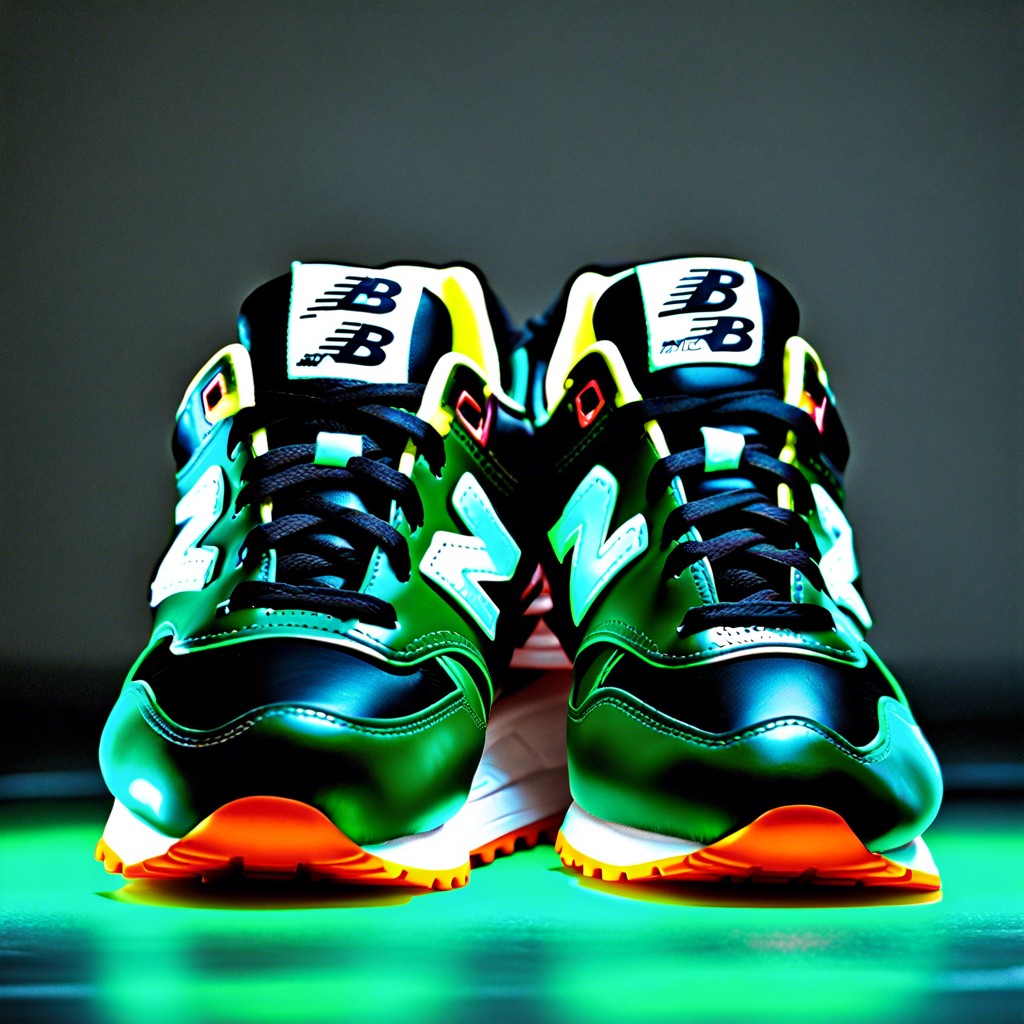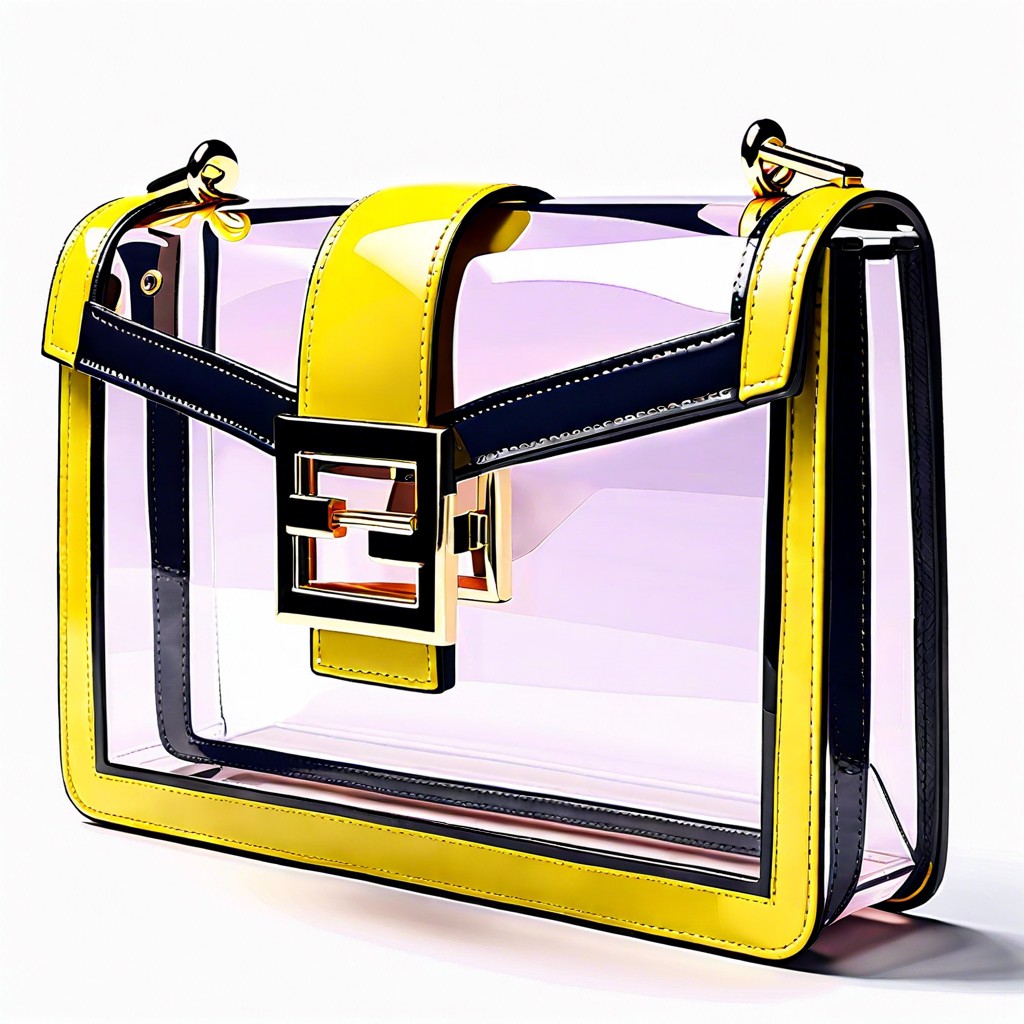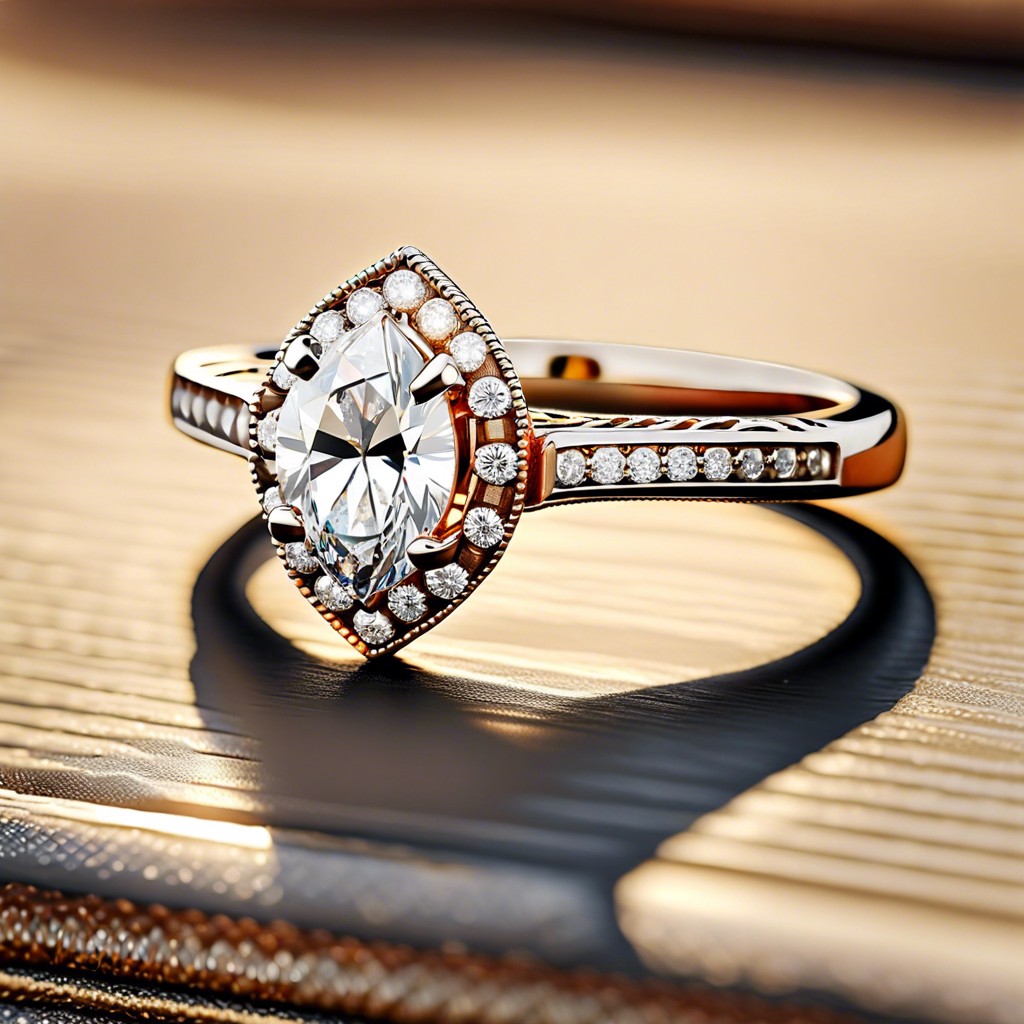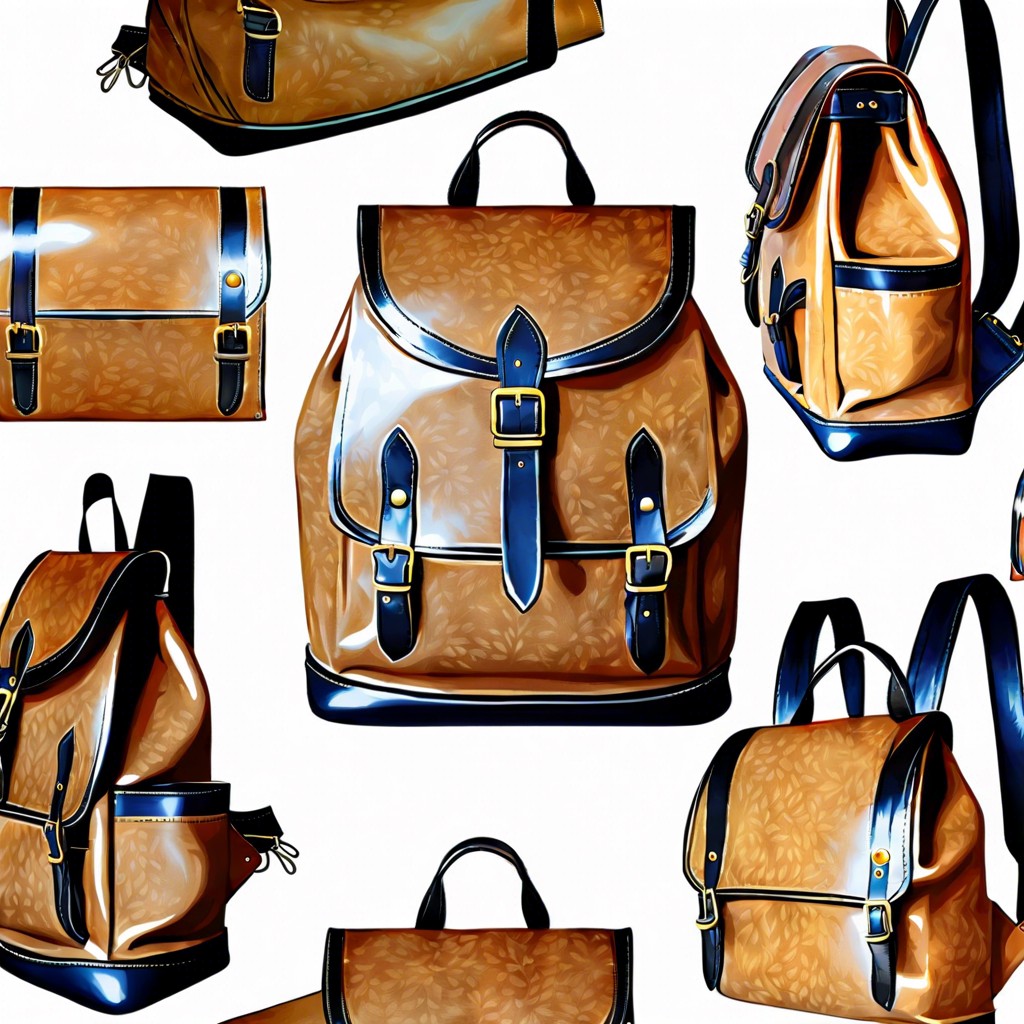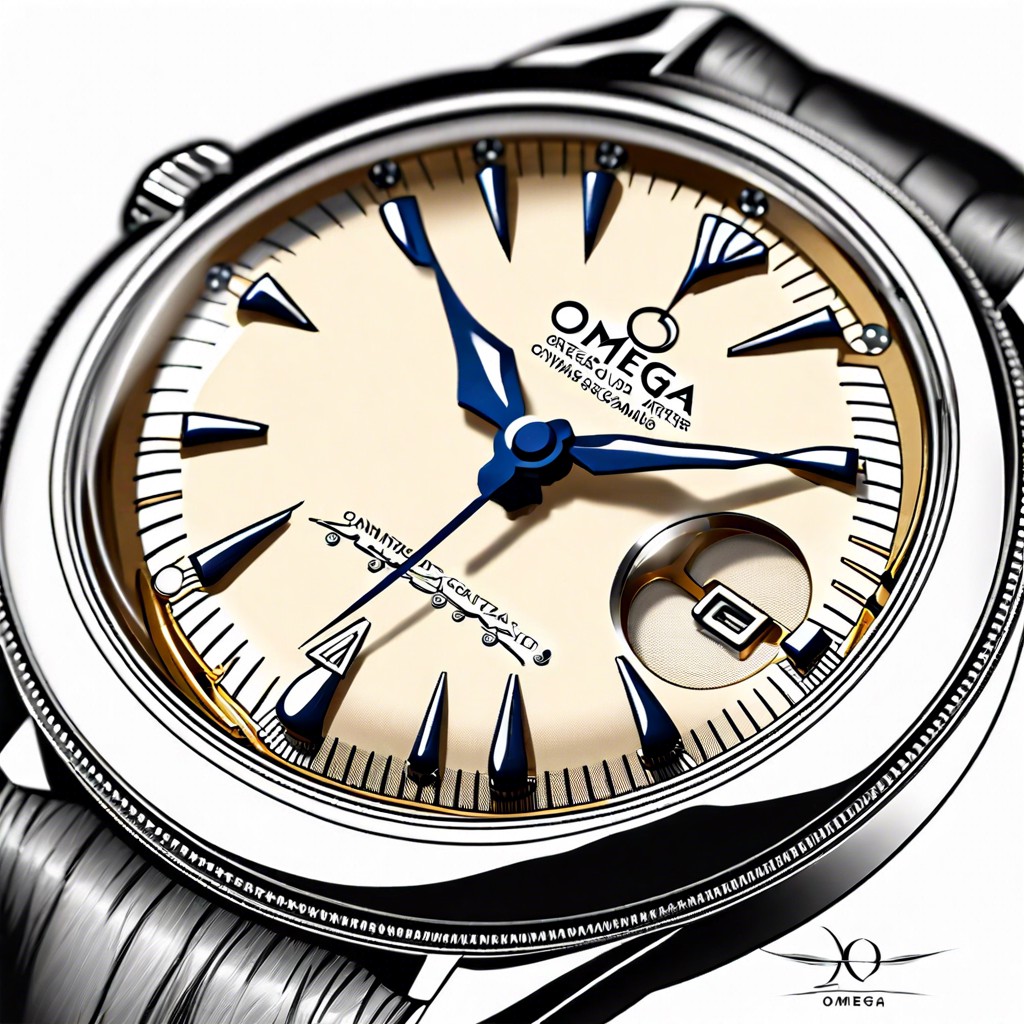Last updated on
Discover practical tips on how to choose and purchase vintage women’s clothing effectively.
Key takeaways:
- Vintage clothing is typically 20 to 100 years old, reflecting the styles and trends of its era.
- Understanding the characteristics of vintage clothing, such as fabric, construction, and silhouette, can help you spot authentic pieces.
- Each decade from the 1920s to the 1970s had its own key fashion trends and influences.
- Coco Chanel, Christian Dior, and Elsa Schiaparelli are notable designers who shaped vintage women’s fashion.
- When buying vintage clothing, shop at reputable stores, inspect for condition and authenticity, consider measurements, and set a budget.
Defining Vintage: Characteristics of Women’s Clothing
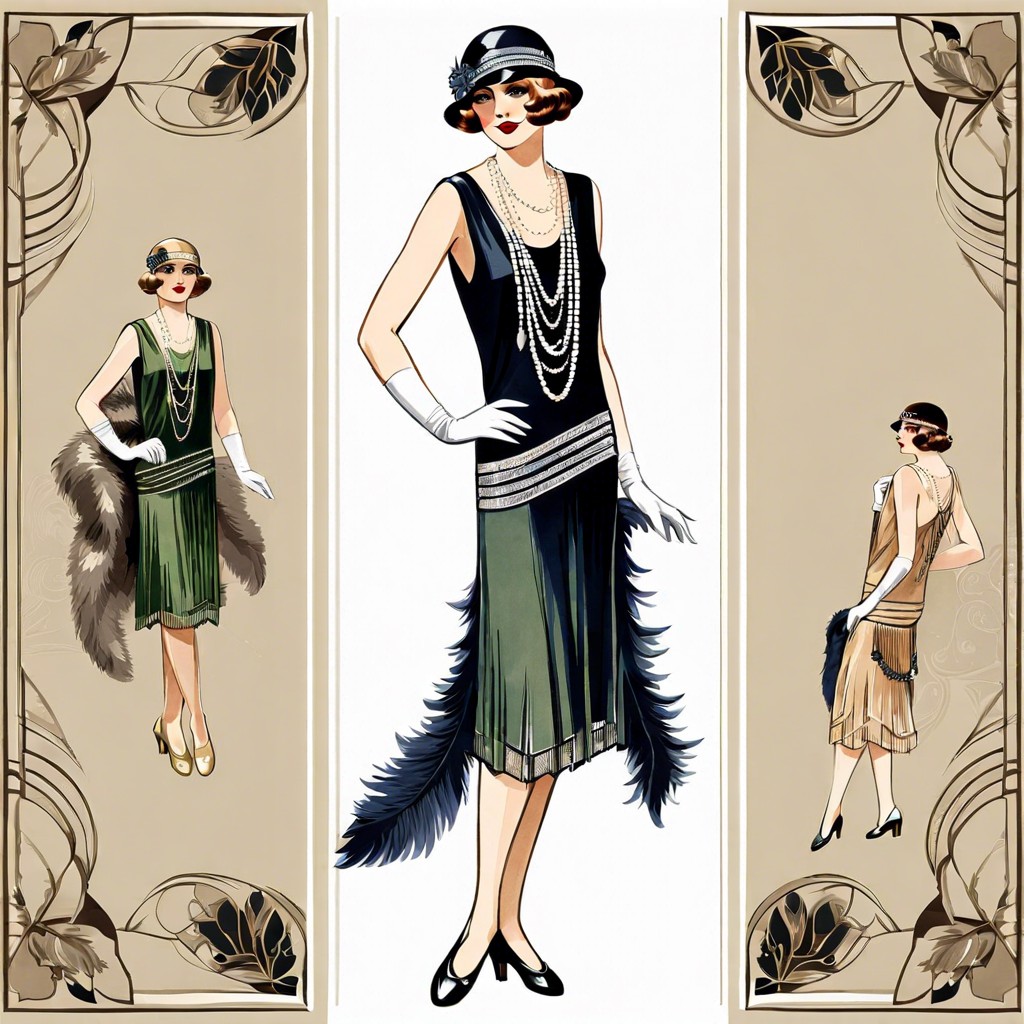
Vintage clothing typically refers to garments that hail from a previous era, specifically those spanning from 20 to 100 years old. For a piece to earn the “vintage” label, it should reflect the styles and trends of the period it represents.
The look of these items often hinges on distinctive features like fabric, construction, and detailing. Commonly, vintage women’s clothes are recognized for their quality materials like silk, velvet, and hand-woven cotton. Older techniques such as smocking, beading, and embroidery add to their charm and authenticity.
The color palette also plays a pivotal role. Past eras favored particular hues at different times, such as the pastel shades popular in the 1950s or the bold, psychedelic colors of the 1960s.
Silhouette is another indicator; from the drop-waist dresses of the 1920s flapper era to the wide skirts of the 1950s and the high-waisted pants of the 1970s.
Understanding these characteristics can vastly improve your vintage shopping success, allowing you to spot authentic pieces that are true to their time.
Decade Analysis: Key Trends From the 1920s to 1970s
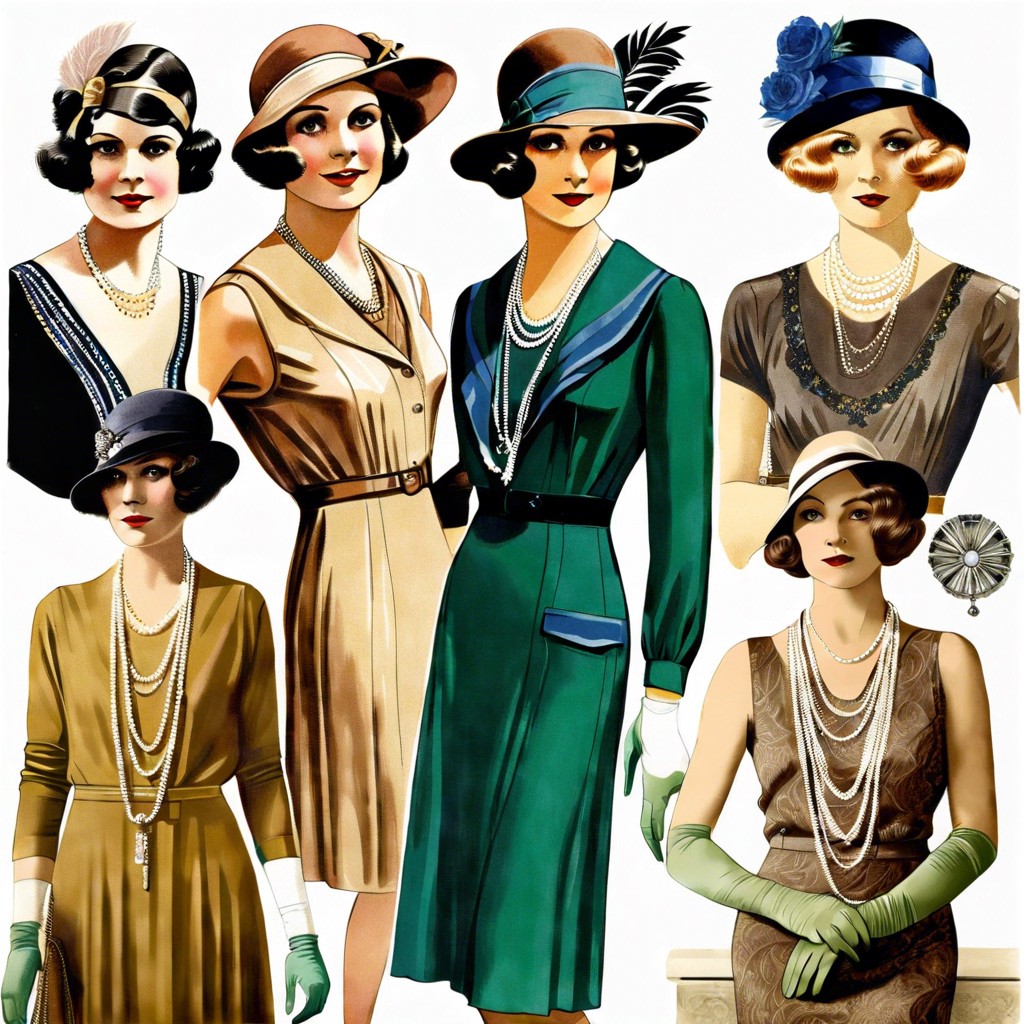
Dipping into the 1920s, the flapper era revolutionized women’s fashion with its dropped waists and rising hemlines, reflecting a burst of social freedom. Flowing into the 1930s, the Great Depression inspired a more conservative and streamlined elegance, marked by longer hemlines and softer silhouettes.
The 1940s brought practicality to the forefront due to World War II, with women donning tailored suits that mirrored military uniforms. As hope returned in the 1950s, so did luxurious fabrics and vibrant patterns, epitomized by the iconic hourglass shape embraced by both skirts and dresses.
Swinging into the 1960s, fashion underwent a radical shift with the introduction of the mini skirt, a representation of youthful rebellion. This boldness continued into the 1970s, where the disco fever introduced glittery fabrics, flared trousers, and dynamic prints, capturing the era’s love for excess and flamboyancy.
The Most Influential Designers in Vintage Women’s Fashion
Coco Chanel revolutionized women’s fashion with her emphasis on comfort and elegance, introducing the timeless Chanel suit and the little black dress in the 1920s. Her designs underscored simplicity and freedom in an era dominated by restrictive garments.
Christian Dior brought a new wave of glamour in the late 1940s with his “New Look,” which featured cinched waists and voluminous skirts, dramatically altering the post-war fashion landscape and reinstating Paris as the fashion capital.
Elsa Schiaparelli, known for her artistic flair and collaboration with Surrealist artists like Salvador Dalí, merged art with fashion. Her bold, imaginative designs included the iconic lobster dress and whimsical hat designs.
Each shaped not just their times but left lasting influences on how we view and wear clothes today, merging artistry with practicality, and luxury with everyday wear.
Shopping Guide: Best Practices for Buying Vintage Women’s Clothing
Start by frequenting reputable stores, whether physical boutiques or online platforms. This minimizes the risk of purchasing replicas. Inspect condition carefully; lookout for stains, tears, and alterations that affect value. Fabric authenticity is crucial. Modern synthetics in a supposed 1950s dress are a red flag. Always check labels when available—they provide valuable information on era and brand. Know measurements rather than sizes, as sizing has changed over decades. Set a budget; vintage shopping can be tempting but stay focused on pieces that offer genuine appeal and quality. Seasoned collectors prioritize rarity and condition over price to avoid costly mistakes.
How to Style Vintage Women’s Clothing for Contemporary Looks
Blending vintage with modern elements breathes new life into classic pieces. Start by selecting one vintage item as the focus, like a 1950s pleated skirt or a 1960s mod dress. Pair these with contemporary staples; a modern blazer or a sleek pair of sneakers can ground the look in the present.
Accessorize thoughtfully. A vintage scarf or brooch can add a dash of old-world charm, but keep it minimal to avoid looking costume-like. Choose modern bags and shoes, which can help make the transition smoother.
Play with proportions and layers. A voluminous 1970s blouse might pair well with slim jeans or a sleek, tailored jacket. Mixing textures and patterns from different eras can also create an appealing contrast.
Lastly, consider the color palette. Neutral, contemporary hues help vintage pieces blend into modern outfits. Alternatively, a monochromatic scheme using different shades of the same color can unify the look while keeping it fresh and stylish.
